In acupressure, certain pressure points are considered highly responsive areas of the body. Many people hold that pressing these points can ease pain, restore balance, and enhance general well-being.
Human touch and soft-tissue massage offer clear benefits, yet reflexology and acupressure remain under-researched disciplines.
While additional scientific studies are necessary to confirm many claimed health effects, a number of individuals use pressure points because of their minimal side effects and potential to reduce discomfort and induce relaxation.
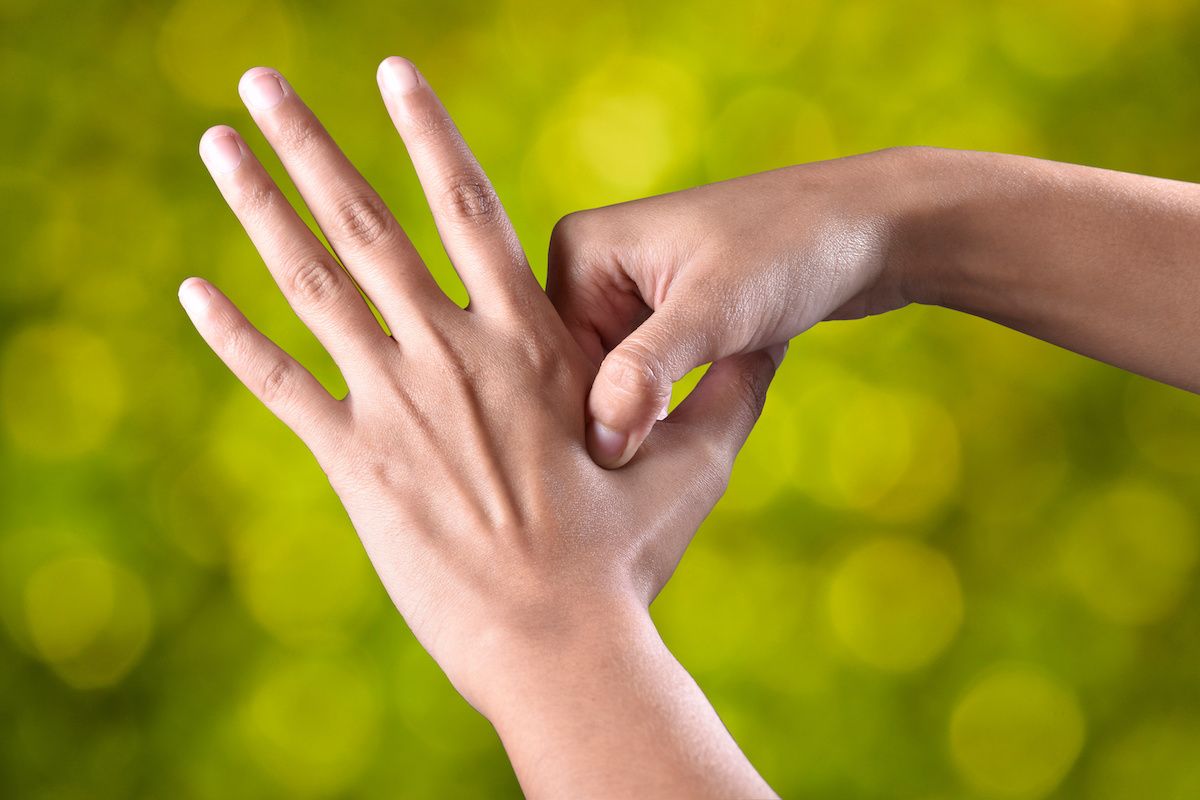
What are the hand pressure points?
There are eight primary pressure points on the hand. Below is where to locate them, what they are believed to influence, and how you can stimulate them for potential benefit:
Heart 7
The Heart 7 point sits in the wrist crease, aligned with the gap between your ring and little finger.
There’s a bone just beside this area. Reflexologists suggest that light pressure applied here may help with anxiety, trouble sleeping, heart palpitations, and low mood.
Small intestine 3
The Small Intestine 3 point is on the outer edge of your hand, in the hollow just below your little finger.
Applying firm pressure to this spot is thought to ease neck pain, ear discomfort, and headaches located at the back of the head.
Lung meridian
The lung meridian point runs along the side of the hand from the tip of the thumb down toward the wrist crease.
Trace your finger along this line. If you encounter a tender spot, reflexologists advise gently massaging it until it eases. This may offer relief for cold-related symptoms like chills, sneezing, a runny nose, and sore throat.
Inner gate point
The inner gate point lies in a distinct spot on the wrist crease. Hold your hands as if accepting a present, with the wrists touching. From the contact point in the center, measure about 3 centimeters outward.
Practitioners recommend pressing this point firmly with your thumb. It is believed to assist digestion and reduce nausea or stomach discomfort.

Outer gate point
The outer gate point is located between two tendons on the back of the forearm. Place three fingers of your opposite hand above the wrist and use them to press firmly on this area to potentially give your immune response a boost.
Reflexologists also propose that stimulating this zone may provide an energizing effect.
Wrist point 1
You can identify Wrist Point 1 by running a finger down from your little finger to the wrist crease, keeping it aligned with the finger. That intersection marks the point.
Reflexologists assert that regular, firm pressure on Wrist Point 1 might help balance emotions and support a sense of wellbeing.
Base of the thumb point
The base-of-thumb point is found by tracing from the thumb down to the wrist crease at the thumb’s base. Gentle pressure and massage there are thought to aid respiratory issues and breathing difficulties.
Hand valley point
The hand valley point is situated in the taut skin between the thumb and index finger. Reflexologists claim that firm pressure here can help reduce stress and may relieve migraines, toothaches, shoulder tightness, and neck discomfort.
How do pressure points work?
Using pressure points is part of acupressure and reflexology, which explore how one body area corresponds with others. Many significant pressure sites are believed to be located in the hands.
Practitioners of reflexology maintain that applying specific touch to the hands can invigorate and restore other body parts, including internal organs when you feel fatigued or unwell. Some Eastern traditions have used reflexology for thousands of years.
Reflexology is not an established medical treatment. Nonetheless, some therapists consider it a useful complementary approach for various conditions. Because it’s noninvasive and does not involve drugs, hand pressure techniques carry little (if any) risk of harmful side effects when performed by a properly trained practitioner. Qualified reflexologists typically have completed instruction at an accredited reflexology or alternative-medicine program.
You can also work on your own pressure points at home, but if you decide to do so, learn the correct methods first.
The bottom line
Reflexology is not a substitute for medical care. It shouldn’t replace seeing your doctor for injuries or illnesses. Still, it may support recovery and overall well-being when used alongside conventional care.
Experts note that reflexology is unlikely to cause harm, making it a safe, noninvasive option many people find accessible as a supplementary therapy.

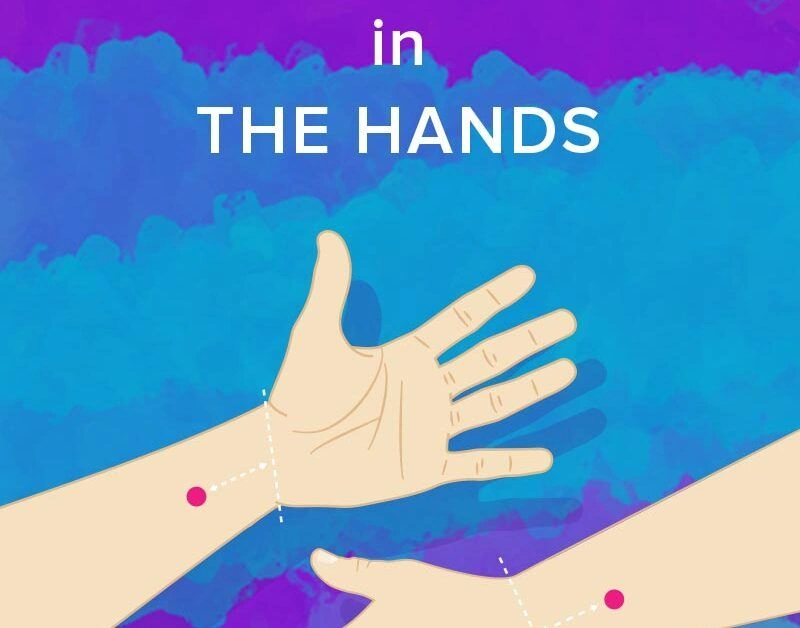


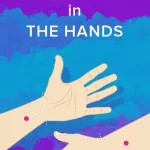


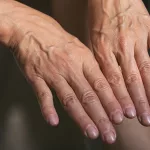

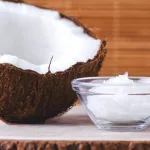


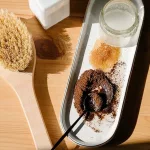


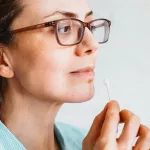


Leave a Reply
You must be logged in to post a comment.